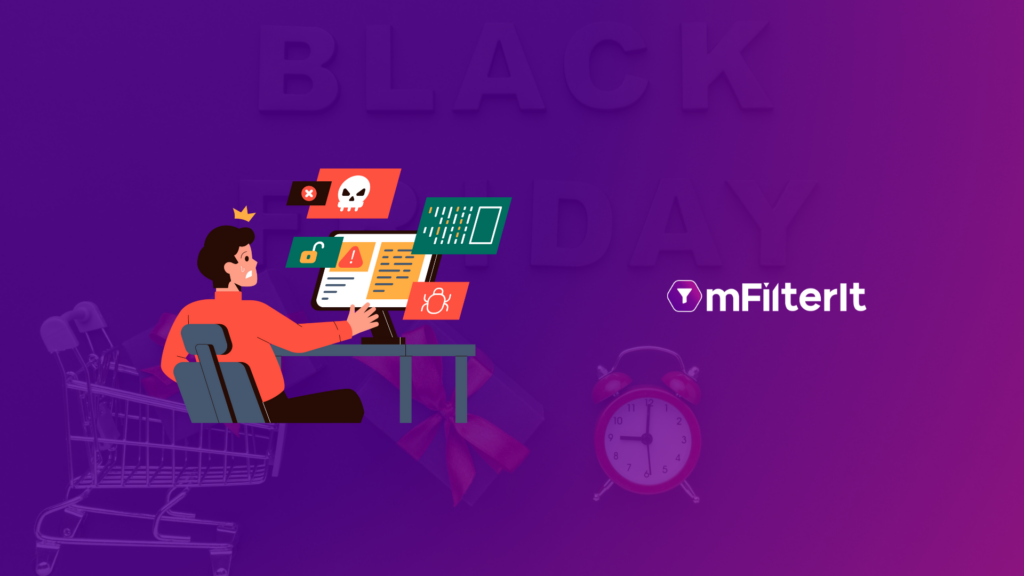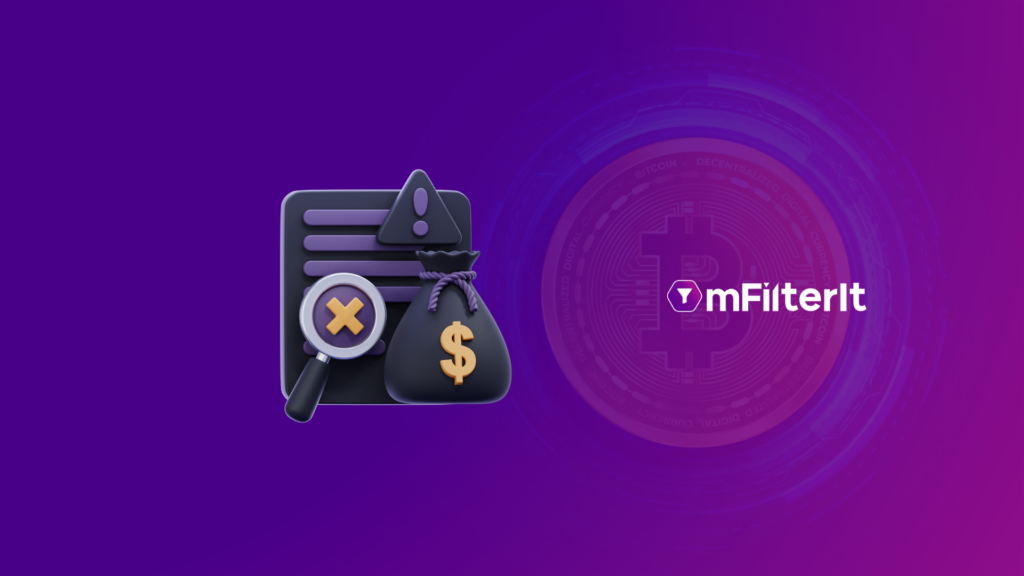Rising Menace of Ad Fraud in the MENA Region
In the Middle East and North Africa (MENA) region digital advertising has recently witnessed widespread adoption, whether from the consumer’s end or by a brand. This has led to the expansion of digital advertising landscape in the region. However, ad fraud is proving to be the major hurdle in the evolving ad landscape. The accelerated adoption has given businesses the much-needed push to grab a large share of their business by reaching to their customers who are now operating online. The digital Ad spend in the MENA region has touched $6,25 billion with 13,6% YoY growth. It’s a faster-growing market, among digital ad spend video ad category dominates at 50% of the total digital investment. Ad Fraud in the MENA Region The MENA digital advertising and marketing ecosystem stood at US$8.11 billion in 2023 and is expected to reach US$17.36 billion by 2029. In the projected period of 2024-2029, the market is expected to grow at a CAGR of 13.39%. The growing smartphone and internet penetration is leading to such exponential rise in the digital advertising market. As much as businesses have profited from leveraging digital advertising as a tool to reach out to their potential target audience, they’re often negligent or unaware of a bigger threat looming over their marketing budgets- ad fraud. The menace of Ad fraud is the major roadblock in the growth of the Advertising ecosystem in MENA region. It is eating out their targeted reach to actual customers, decreasing a brand’s ROAS, and costing millions to marketers. The unfortunate truth is that many aspects of digital marketing have been pervaded with fraud The ad-fraud economy is now named one of the biggest markets for organized crime worth a staggering $50 billion. In 2020, digital media accounted for 70% of spending on MENA ad space 2020 whereas online ad fraud has risen by 46% in the MENA region since the beginning of the pandemic. Challenges in combating Ad fraud in the MENA Region This highlights a potent challenge that brands have been reeling under. Brands have a large pool of budgets allocated towards digital spending and it becomes imperative for marketers to ensure that every dollar spent yields returns by maximizing ‘real’ engagement. Fraudulent activities such as click spamming, domain spoofing, and fake installs among others can manipulate the campaign which directly impacts the advertiser’s ability to generate ROI. Fraudsters have an army of bots at their disposal to infiltrate the campaigns and eat away the budgets that otherwise be used to target human users. As the digital world battles this complex phenomenon of ad fraud, there have been constant advancements in technological tools that build solutions to deter these fraudsters masquerading behind digital screens. Today, ad fraud is common across all channels and devices. With more and more sophisticated forms of bot attacks and nefarious criminal activities engulfing the digital campaigns and becoming an evolving threat to the MENA region, mFilterIt takes pride in being a TAG-verified member where our technologies are backed by machine learning technology and advanced algorithms that provide real-time updates that weed out such attacks from the advertising campaigns and ensure that every dollar spent is every dollar earned. TAG is having a significant impact on reducing ad fraud across the world – the USA, key markets in Europe, and many markets in the Asia-Pacific region. This could save companies millions of dollars in advertising spend. Despite knowing that ad fraud is very real, for many in the industry, implementing strategies to combat the issue is an abstract concept. Conclusion Brands must take responsibility for their own online safety – safeguard their precious digital spends from fraudsters who’re waiting to pocket your ad spends and deploy solutions to tackle this ever-evolving issue. A close examination of fraud on real time will help marketers and advertisers optimize conversions, reduce cost, and drive real human engagement. Ad fraud is a menace, and the ecosystem needs to come together to fight this battle as one single entity and simultaneously anticipate where it may arise next. Get in touch with our experts for deeper insights. Reach out to learn more!
Rising Menace of Ad Fraud in the MENA Region Read More »










